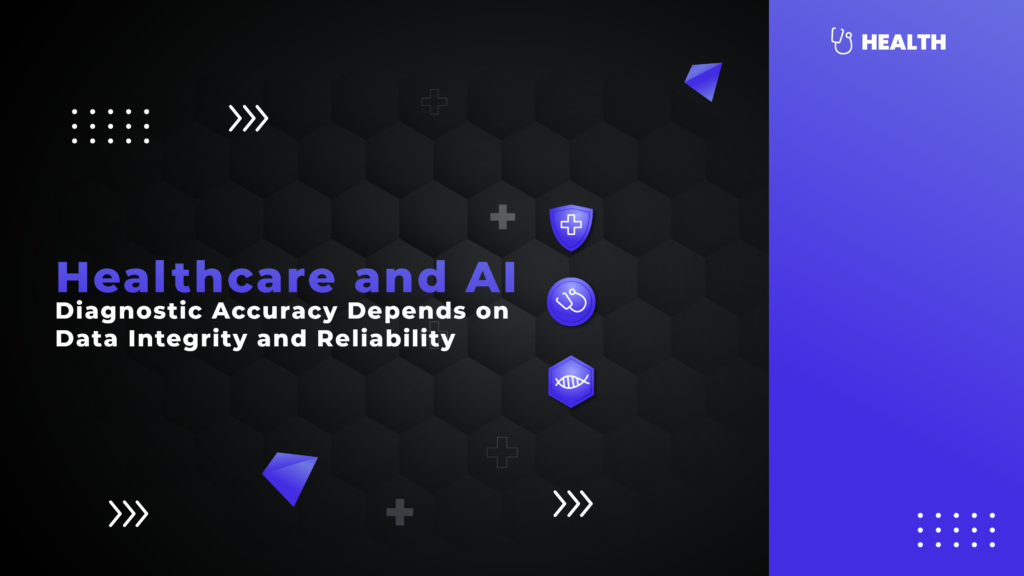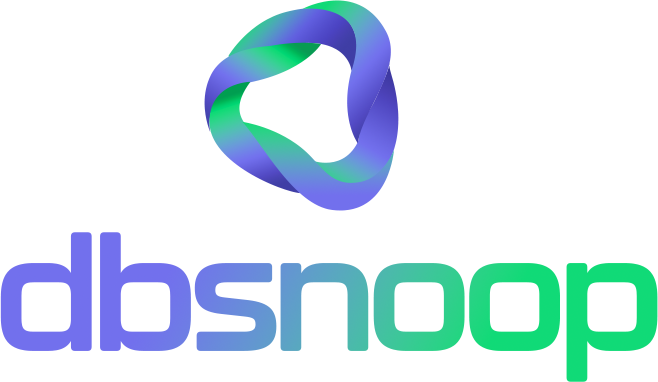

An Artificial Intelligence algorithm analyzes an MRI and flags an anomaly with 98% certainty. At the same time, in the Electronic Health Record (EHR), a nursing note describes a symptom that contradicts the AI’s finding. Which information is correct? This hesitation, this moment of uncertainty, reveals the deepest truth of AI in healthcare: the accuracy of the diagnosis depends not only on the sophistication of the algorithm but on the unquestionable integrity of the data that feeds it.
For DevOps, SREs, and Data Engineering teams, the mission transcends uptime and speed; it becomes a matter of ensuring the clinical “source of truth.” Corrupted, inconsistent, or unavailable data is not a technical failure—it is a direct risk to patient safety.
The AI revolution promises faster, more accurate diagnoses, but this promise shatters if the data foundation is unstable. The concept of “garbage in, garbage out” has never been more critical. In an environment where legacy systems, laboratories, and new IoT devices must coexist, ensuring that the right data is in the right place, at the right time, and in a consistent manner, is the greatest infrastructure challenge of digital health.
The Hidden Risk: When Lack of Data Integrity Threatens the Patient
While the industry discusses the potential of algorithms, technical teams deal with the reality of the data infrastructure: a complex and fragmented ecosystem where information integrity is constantly challenged.
The Danger of Data Silos in Healthcare
The patient journey generates data across multiple systems that rarely communicate perfectly:
- EHR (Electronic Health Record): The central record of clinical interactions.
- PACS (Picture Archiving and Communication System): Stores radiological exams.
- LIS (Laboratory Information System): Manages results from blood tests and pathology.
- Edge Devices (IoT): Vital signs monitors that generate continuous data.
When an AI needs a 360-degree view of the patient, it must consume data from all these silos. The risk arises in the data synchronization and replication processes. A failure in the ETL (Extract, Transform, Load) pipeline could cause the AI to analyze an outdated medication history, leading to a dangerous recommendation. Ensuring data consistency across these systems is a monumental challenge.
Continuous Availability: An Unavailable System is an Unsafe System
For an SRE (Site Reliability Engineer), uptime is a sacred metric. In healthcare, this has a literal meaning. If the database storing chemotherapy protocols becomes unavailable during a poorly planned maintenance window, a cancer patient’s treatment could be delayed. If the allergy database goes down, every medical prescription becomes a minefield of risks. High Availability is not a technological luxury; it is a fundamental requirement of safe medical practice.
Data Governance: The Key to Trust in AI
For doctors and patients to trust an AI-generated diagnosis, they need to trust the data behind it. This trust is built on the pillars of data governance: traceability, auditing, and access control.
Traceability and Provenance: Where Did This Data Come From?
Integrity begins with provenance. The clinical and technical teams must be able to answer crucial questions:
- Who entered this test result and when?
- What was the last change to this medication record?
- Did this data come directly from the lab equipment or was it entered manually?
A complete and immutable audit log is the only way to ensure the reliability of the information. Without it, investigating a diagnostic error becomes impossible.

Access Control and LGPD: Ensuring Privacy and Correct Usage
The LGPD (Brazil’s General Data Protection Law) imposes strict rules on who can access health data. Effective governance ensures that only authorized personnel can view or modify sensitive information. More importantly, it allows for monitoring access behavior. A diagnostic AI needs read access to exams, but it should never have permission to alter a patient’s record. Detecting and blocking this type of access anomaly is crucial for security.
Observability with dbsnOOp: The Tool to Ensure Data Reliability
dbsnOOp transcends performance monitoring and becomes a platform for data governance and observability. It provides technical teams with the deep visibility needed to ensure the integrity, availability, and security that AI in healthcare demands.
Monitoring Data Health, Not Just Server Health
Instead of focusing only on CPU metrics, dbsnOOp allows teams to monitor the vital signs of the data itself. It’s possible to track replication latency between databases to ensure systems are synchronized, identify failed transactions that could lead to inconsistencies, and audit the flow of data between different healthcare systems.
Anomaly Detection to Protect Integrity and Security
dbsnOOp’s AI learns the normal patterns of data access and manipulation. It can proactively alert on activities that threaten integrity and security:
- A user attempting to bulk-delete patient records when their normal role is read-only.
- An application trying to modify reference tables that should be static.
- Unusual access patterns that could indicate a compromised credential or an internal threat.
Simplified Auditing for LGPD Compliance
dbsnOOp creates a detailed and easily searchable record of all database activity. This drastically simplifies responding to audits and investigating incidents. In minutes, it’s possible to generate a complete report of who accessed a specific health record, what they did, and where they came from, providing the traceability required by the LGPD.
The future of AI in medicine is promising, but it rests on trust. The trust of doctors in the insights generated and the trust of patients that their data is safe and correct. This trust is not built on algorithms alone, but on a robust, reliable, and transparent data infrastructure. dbsnOOp provides the tools for technology teams to be the guardians of that trust.
Want to solve this challenge intelligently? Schedule a meeting with our specialist or watch a live demo!
Schedule a demo here.
Learn more about dbsnOOp!
Learn about database monitoring with advanced tools here.
Visit our YouTube channel to learn about the platform and watch tutorials.

Recommended Reading
- Database Automation: How to Unlock Growth and Innovation in Your Company: The main article discusses how data integrity is vital for AI in healthcare. This post complements that idea by showing how automation is the key to reducing human error—one of the biggest sources of data inconsistency. It explains how to ensure the reliability that medical algorithms need to operate safely.
- Text-to-SQL in Practice: How dbsnOOp Democratizes the Operation of Complex Databases: Data governance, a pillar discussed in the article, involves auditing and controlled access. This post explores how new technologies like Text-to-SQL allow even non-technical teams to access data securely and auditably, ensuring that the democratization of access to health information does not compromise the security or integrity of patient records.
- How dbsnOOp Frees Your Team for What Really Matters: Let the AI Work: Ensuring the reliability of health data is a relentless job. This article focuses on the human and operational aspect, explaining how dbsnOOp’s AI takes over the repetitive tasks of data integrity surveillance. This frees SRE and DevOps teams to focus on architecting more resilient systems, rather than just reacting to failures.

